African American Women in Antebellum America Amid the harshness of slavery, American women of African descent managed to preserve the culture of their ancestry and articulate their struggles. Black female poets and writers emerged throughout the Civil War and Reconstruction eras. Many prominent free black women in the North were active in the Abolitionist Movement. Slave Women Enslaved women in every state of the antebellum Union undoubtedly considered escaping from bondage, but relatively few attempted it – often to avoid splitting up their families. Some bought their liberty with hard-earned money; others filed freedom suits and were declared free by the courts. Historian Deborah Gray White explains the life of slave women: “Black in a white society, slave in a…
Category: Abolitionists
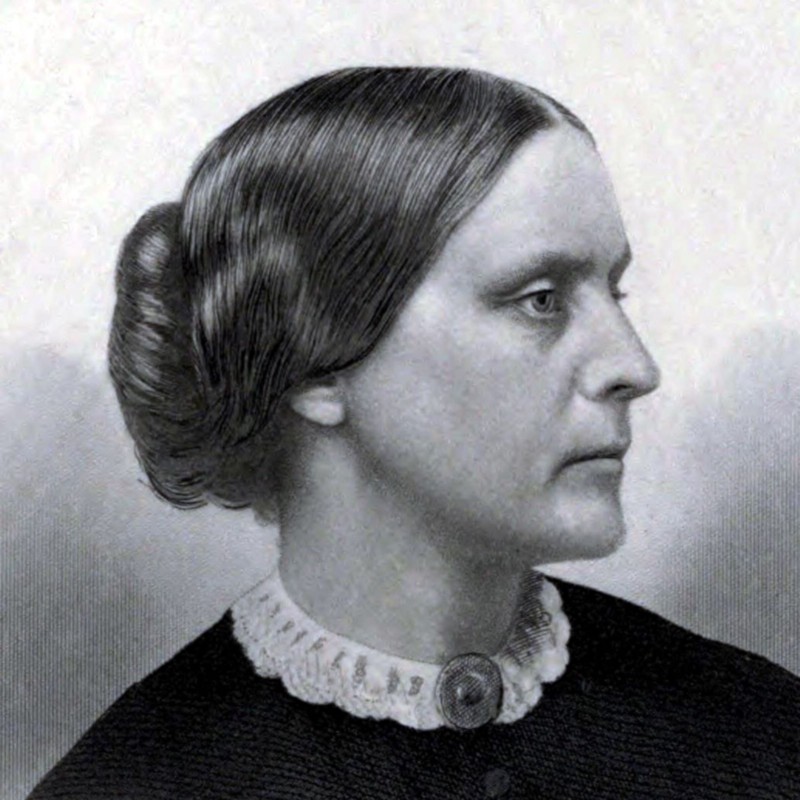
Susan B. Anthony
She Dedicated Her Life to Women’s Rights Susan Brownell Anthony was a feminist and reformer whose Quaker family was committed to social equality. She began collecting anti-slavery petitions when she was 17 and became an agent for the American Anti-Slavery Society at age 36. In 1869, Anthony, alongside Elizabeth Cady Stanton, founded the National Woman Suffrage Association, and they played a pivotal role in the women’s suffrage movement. Early Years Susan B. Anthony was born February 15, 1820 in Adams, Massachusetts to Quaker Daniel Anthony and Lucy Read Anthony, who shared a passion for social reform. Daniel encouraged all of his children, girls as well as boys, to be self-supporting; he taught them business principles and gave them responsibilities at…
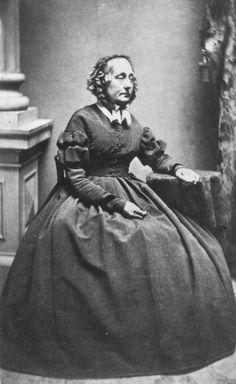
Eliza Starbuck Barney
Abolitionist, Botanist, Genealogist, and Suffragist Eliza Starbuck Barney was an ardent Quaker who championed abolition, temperance, and women’s rights. Her massive genealogical work contains vital information about more than 40,000 Nantucketers; it is the most reliable genealogy for Nantucket’s families for the seventeenth, eighteenth, and nineteenth centuries. The Barney Record is now the foundation of the genealogical collection and database at the Nantucket Historical Association’s Research Library. Early Years Eliza was born April 9, 1802 to Quakers Joseph and Sally Gardner Starbuck on the island of Nantucket, Massachusetts. Joseph Starbuck, the island’s most successful businessman, made a fortune in whale oil. Local schools offered girls equal opportunities for education with those of their brothers. During her studies, Eliza developed an…
Emily Howland
Pioneer in Education for African Americans and Children Emily Howland and the Civil War Abolitionist, educator, philanthropist and suffragist from the village of Sherwood in Cayuga County, New York, Emily Howland was an avid supporter of education for women and African American children. She founded and financially supported fifty schools for emancipated blacks and taught in several of them. She donated the land and financial backing to build a school for black children in her hometown, which later became Emily Howland School. Early Years Emily Howland was born in 1827 on a farm near Sherwood, New York to Quakers and wealthy landowners Slocum and Hannah Howland. Slocum Howland was an anti-slavery advocate, banker, entrepreneur, and a leader in his community….
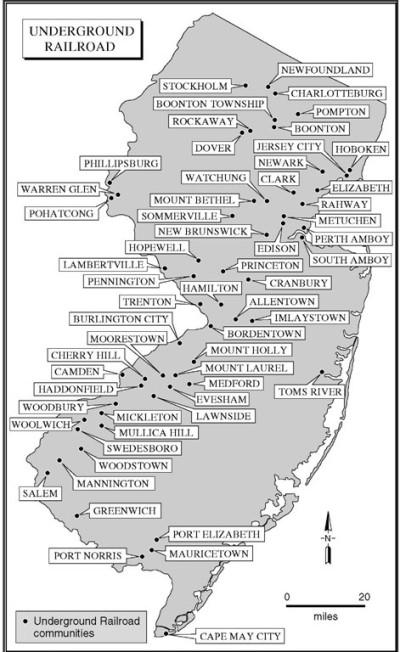
Underground Railroad in New Jersey
Saving Slaves from Bondage in the South Tens of thousands of fugitives from the slave states of Maryland, Virginia, and North and South Carolina found refuge in New Jersey. Most of them arrived here by crossing the Delaware River under the cover of darkness. Slaves and the courageous people who aided them on their journey risked their lives for freedom. Quaker Abigail Goodwin was one of the figures whose work was instrumental in the success of the Underground Railroad in New Jersey. Image: Stations on the NJ UGRR Backstory New Jersey’s path to abolition for all of its citizens was a rocky one. In 1804 New Jersey passed its first abolition law, An Act for the Gradual Abolition of Slavery….
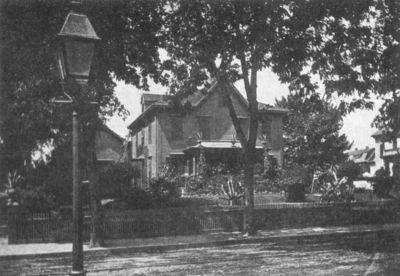
Underground Railroad in Rhode Island
Runaways Escaped to Freedom in Rhode Island Image: Elizabeth Buffum Chace House A station on the Underground Railroad Valley Falls, Rhode Island The Underground Railroad (UGRR) was a secret system of helping fugitive slaves escape to free states or Canada by hiding them in a succession of private homes by day and moving them farther north by night. In the 1830s, the small state of Rhode Island became increasingly involved in radical abolitionism. They were inspired by William Lloyd Garrison’s newspaper, the Liberator, and his call for immediate emancipation. During this period, twenty-five anti-slavery societies were formed in the state.
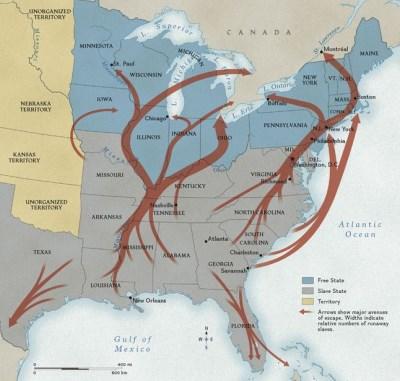
Maritime Underground Railroad
Slaves Escaped the South on Northern Vessels The Maritime Underground Railroad was a network of people who helped slaves travel by vessel from the southern United States to freedom in the North and Canada. Slaves escaped aboard the thousands of Southern ships that did business in the North and sailed regularly up and down the Atlantic coast. A clandestine society of slaves directed fugitives to the ships and black crewmen secreted them on board. Image: Underground Railroad Routes on Land and Sea Credit: National Geographic
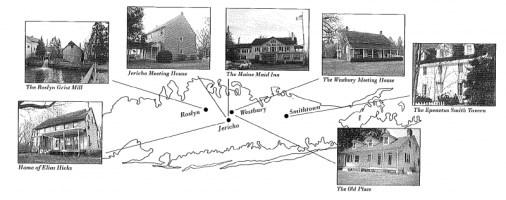
Underground Railroad on Long Island
Quakers Ran the Underground Railroad In the seventeenth century, to the Englishmen who first settled Long Island, slavery was an accepted way of providing the labor force needed for agriculture and a comfortable life. After the arrival of the Quakers in the eighteenth century, attitudes were changed and the Underground Railroad began guiding slaves to freedom. Image: Map of Long Island towns on the Underground Railroad Long Island Stretching east-northeast from New York Harbor into the Atlantic Ocean, Long Island comprises four counties: Kings County (Brooklyn) and Queens County (Queens) in the west, then Nassau County and Suffolk County to the east. The Island is 118 miles long from east to west and about 20 miles at its widest point,…
Josephine Sophia White Griffing
Activist in the Abolitionist and Women’s Rights Movements Image: Family of Slaves Washington, DC, 1861 Josephine Sophia White Griffing was a social reform activist who campaigned for the abolition of slavery and women’s rights. In 1864, she moved to our nation’s capital to help the newly freed slaves who were streaming into the capital by the thousands. Griffing worked primarily as an agent for the Freedmen’s Bureau in Washington, DC. Early Years Josephine White was born December 18, 1814 in Hebron, Connecticut into a prominent New England family. Her father Joseph White Jr. served as a representative in the state legislature; her mother was sister of portrait artist Samuel Lovett Waldo. Little is known of Josephine’s childhood, and there are…
Josephine St. Pierre Ruffin
Journalist and Founder of African American Women’s Clubs Josephine St. Pierre Ruffin was an African American leader, a publisher, journalist and editor of Women’s Era, the first newspaper published by and for African American women. She was an abolitionist and suffragist, and she is perhaps best remembered for her role in establishing clubs for African American women. Early Years Josephine St. Pierre was born August 31, 1842 in Boston, Massachusetts to John St. Pierre, a French and African man from Martinique, and Elizabeth Matilda Menhenick, a white woman from Cornwall, England. Her father was a very successful tailor in Boston and her family was a part of Boston society. Josephine received her education at public schools in Charlestown and Salem,…